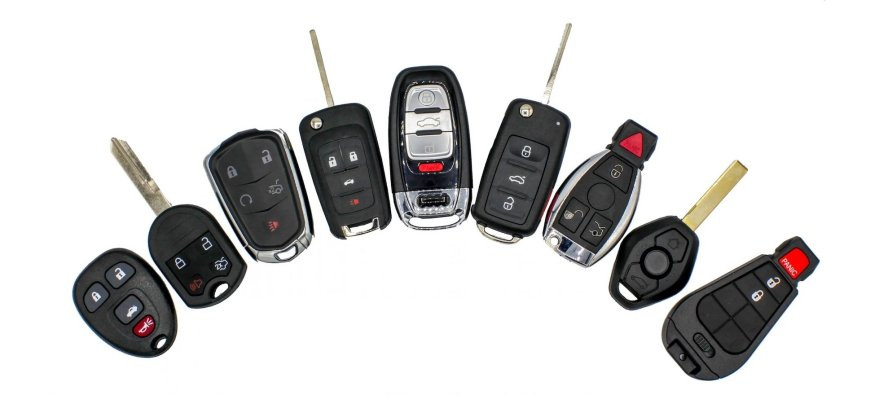Car keys. We all use them. But do we truly know them? Hidden within these everyday objects are secrets waiting to be unlocked. Let's dive into the lesser-known, sometimes quirky, world of car keys and key fobs.
Beyond Unlocking Doors
1. The Portable Bottle Opener
Remember the wise words of Ettore Bugatti, "Nothing is too beautiful, nothing is too expensive." Well, some luxury car key fobs take this to heart, doubling as elegant bottle openers. Imagine popping open a cold one with a key that also unlocks a masterpiece of engineering. Now that's class!
2. The Emergency Hammer
In the spirit of "safety first," some key fobs come with a built-in emergency hammer. Although it's a feature we hope you'll never need, it's comforting to know that your key can help you escape from your car in an emergency. It’s a nod to the adage, "Be prepared," famously attributed to Robert Baden-Powell, the founder of the Boy Scouts.

3. The Mini Flashlight
"A car is useless in New York, essential everywhere else. The same with good manners," Mignon McLaughlin once noted. Along similar lines, a flashlight might seem unnecessary until you're trying to find your way in the dark. Some car keys come with built-in mini flashlights, proving that it's the little things that truly light up our lives.
High-Tech Hidden Features
4. The Tracking Device
Did you know some car keys can be tracked through your smartphone? This is perfect for those mornings when you're rushing to leave, and your keys decide to play hide and seek. It's like having a personal assistant, reminding you of Enzo Ferrari's insight: "The client is not always right."

5. Remote Window Control
"Speed has never killed anyone. Suddenly becoming stationary, that's what gets you," Jeremy Clarkson mused. On a less dramatic note, some car keys let you roll down your windows remotely—perfect for airing out your car on a hot day before you even get in. This feature speaks to the ingenious ways manufacturers improve our driving experience with just a press of a button.
6. The Memory Seat Adjuster
Imagine stepping into your car, and it remembers how you like your seat adjusted. Some car keys hold memory settings for seats, making it feel like you're being welcomed by an old friend. It's a small nod to the idea that personalization is key (pun intended) to a great driving experience.
Quirky Yet Practical
7. Solar Charging Panels
With a nod to sustainable living, some car keys come with solar panels to charge the key fob battery. It's a feature that whispers the future is now, aligning with Leonardo da Vinci's vision: "Nature is the source of all true knowledge."
8. The Secret Compartment
Taking a cue from James Bond's array of gadgets, some car keys come with a secret compartment. Perfect for storing an emergency note or a small reminder of home. It's a feature that makes you appreciate the ingenuity hidden in the palm of your hand.

The secret life of car keys reveals a world filled with unexpected delights and practical innovations. From bottle openers to tracking devices, these features showcase the creativity and thoughtfulness of car designers. They remind us that, in the realm of automotive technology, the key to innovation is not just about opening doors—it's about opening possibilities.
Next time you hold your car keys, remember, there's more to them than meets the eye. And as you unlock your car and start your engine, think of all the hidden features waiting to be discovered. Who knew car keys could be so fascinating?


_1724665913.jpg)
_1718954899.jpg)
_1734526402.jpg)
